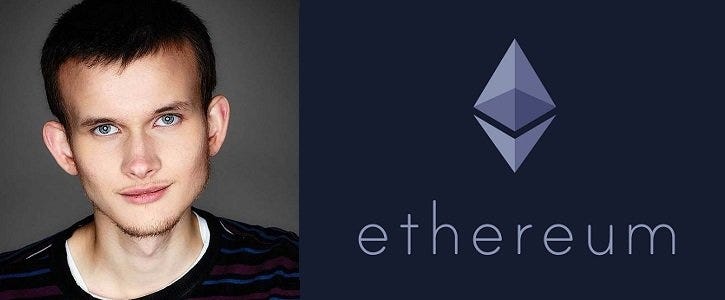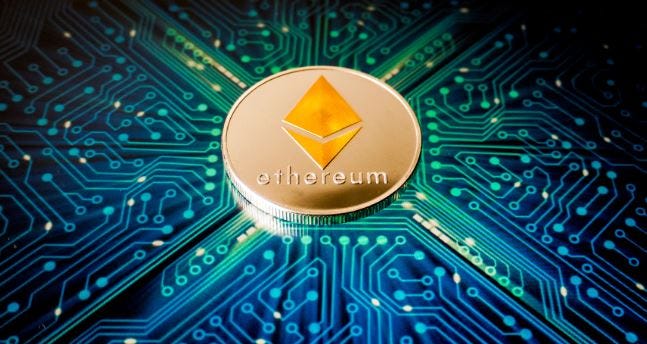
One fine day, Vitalik Buterin, the Co-Founder of Ethereum was browsing through a list of elements from science fiction on Wikipedia. He came across the word Ethereum and he liked it more in comparison with all the other words as this word consisted of another deep word, Ether. Ether refers to the hypothetical invisible medium which permeates the universe and permits the light to travel. This is how Buterin came to a decision of naming his network Ethereum.
Vitalik Buterin is a known Russian-Canadian writer and programmer who is primarily recognized for being the co-founder of Ethereum. He also happens to be the co-founder of a magazine called The Bitcoin Magazine.

Vitalik first described Ethereum on a white paper in the late 2013s. He founded Ethereum as he felt that Bitcoin needed a scripting language for the specific application development. But, he failed to gain the agreement. After this, he proposed the development of an entirely new platform that consisted of a more general scripting language.
Ethereum
It all started with the existence of Bitcoin. Cryptoassets had become entirely synonymous to Bitcoin for many people, with an idea of digital money and rising a market capitalization of around $100 billion. The second most considered valuable asset is Ether. It became popular due to Ethereum, which is a software that runs it. Ethereum was first released on July 30, 2015.

Ethereum is a public, open-source, blockchain based distributed computing platform and is also the operating system that features smart contracts on a functional basis. Ethereum supports a better and modified version of Nakamoto consensus through state transitions based on transactions.
The blockchain of a cryptoasset known as Ether is created and generated by Ethereum. Ethereum provides the decentralized Turing-complete virtual machine, the EVM, also known as Ethereum Virtual Machine, that can also execute the scripts using an international network of public nodes. The internal transaction pricing machine that is utilized to mitigate spam and allocate resources on the network is known as Gas. Gas is not a asset, rather is a measurement unit regarding the transaction. Gas price is decided by the sender, but the miner will define the order of execution of the transactions.
During the time of a public announcement in January 2014, there were only four people in the core team of Ethereum, namely, Vitalik Buterin, Mihai Alisie, Charles Hoskinson, and Anthony Di Lorio. In early 2014, the formal development of Ethereum software project began, through a Swiss company, Ethereum Switzerland GmbH. The fund for the development was generated by an online crowdsale which happened between July and August in the year 2014. In this crowdsale the participants purchased Ethereum value token (Ether) with the help of another digital asset, Bitcoin. The entire system went live on July 30, 2015, with around 11.9 million coins for the crowdsale. The DAO project collapsed in 2016 due to which Ethereum was split into two separate blockchains. The new version was known as Ethereum and the original one continued to be known as Ethereum Classic.
In 2017, the value of Ethereum asset grew to be over 13,000 percent! Here’s another in-depth look at this rising cryptoasset.



